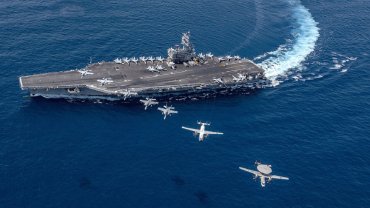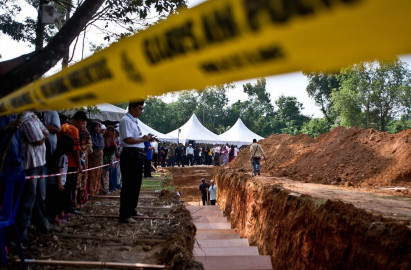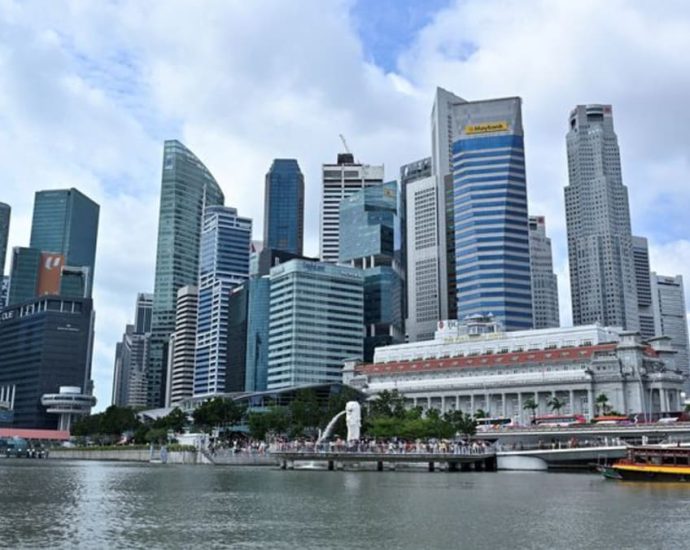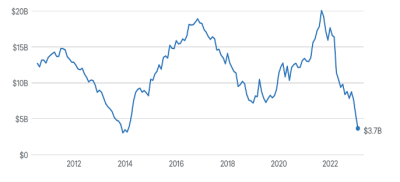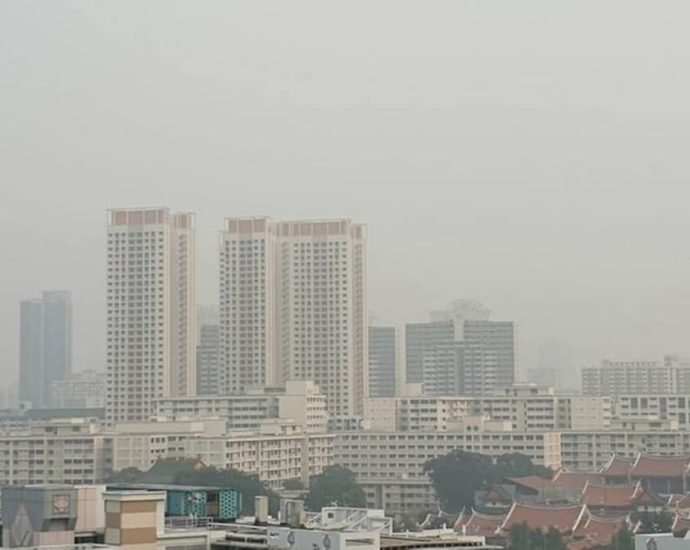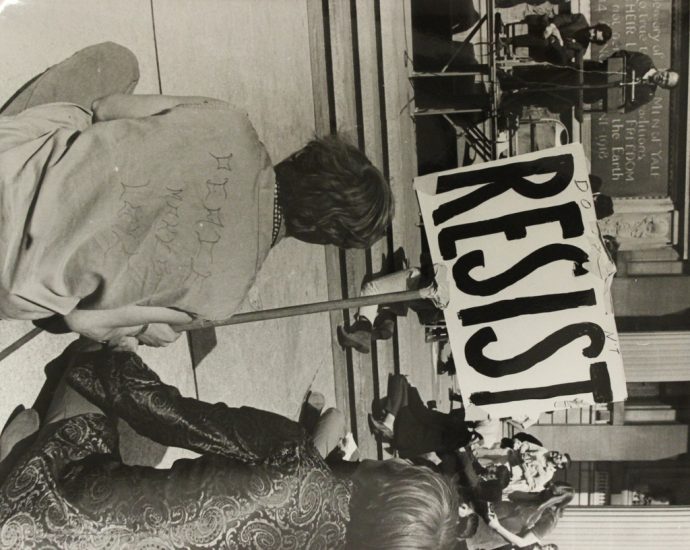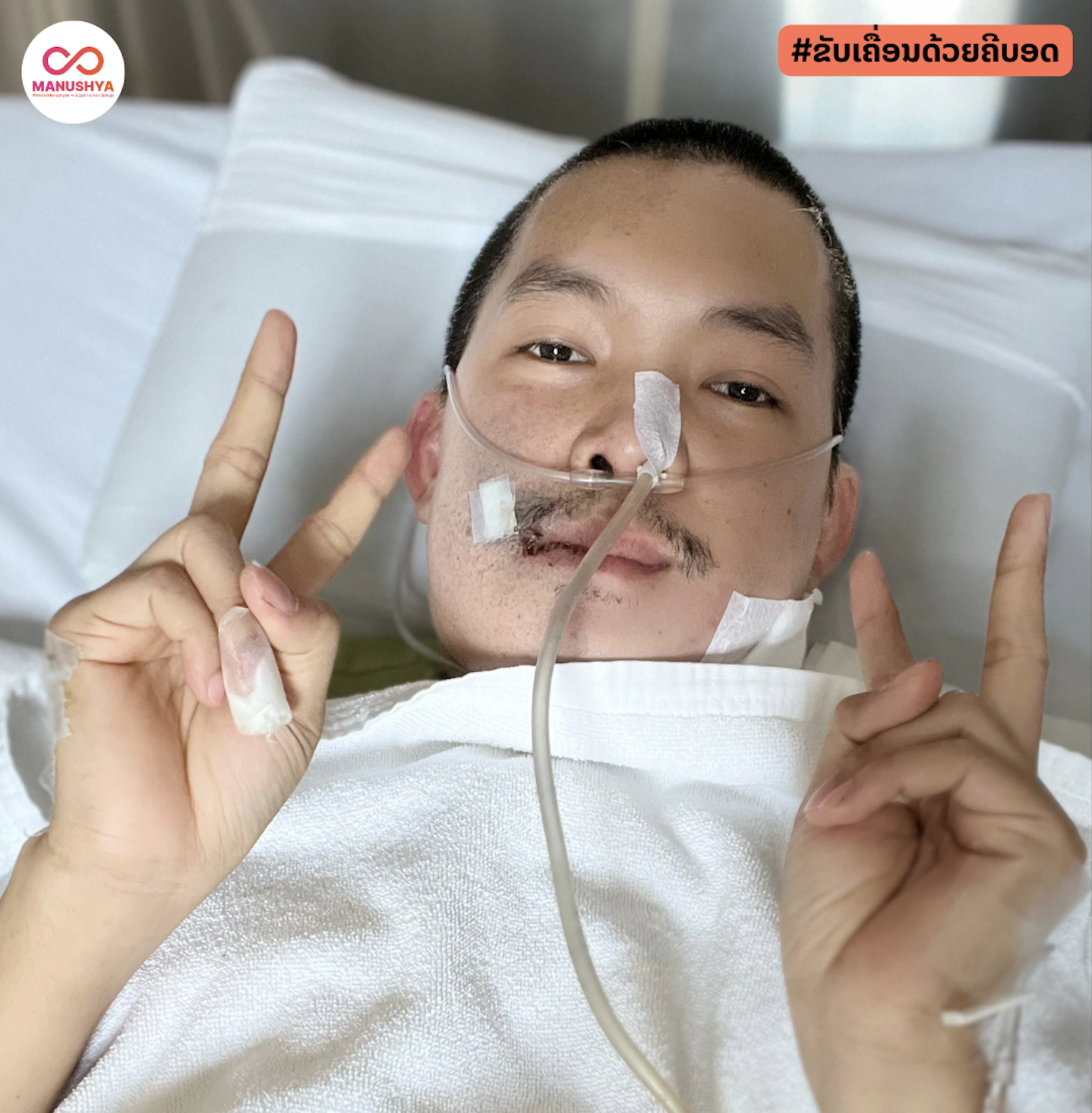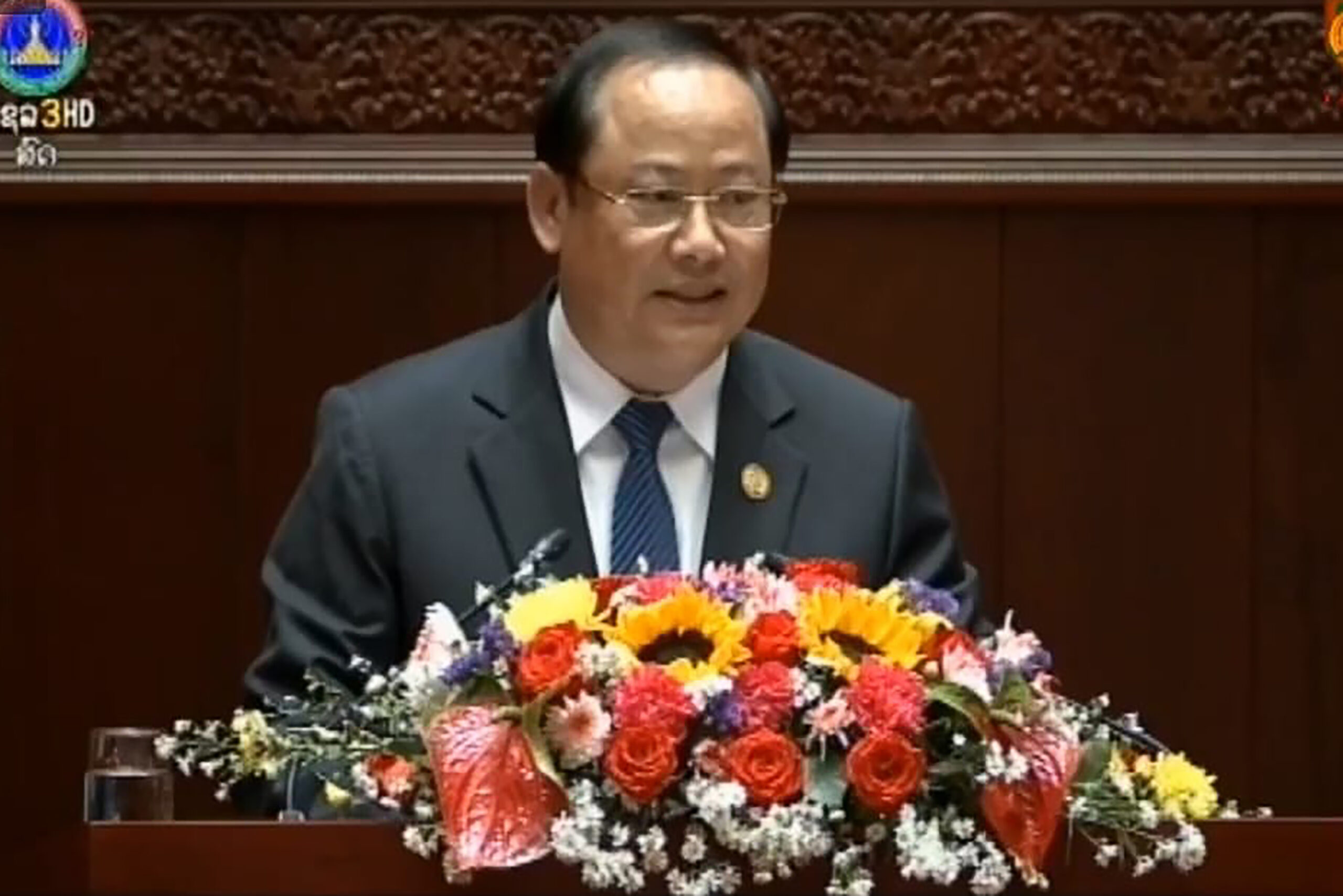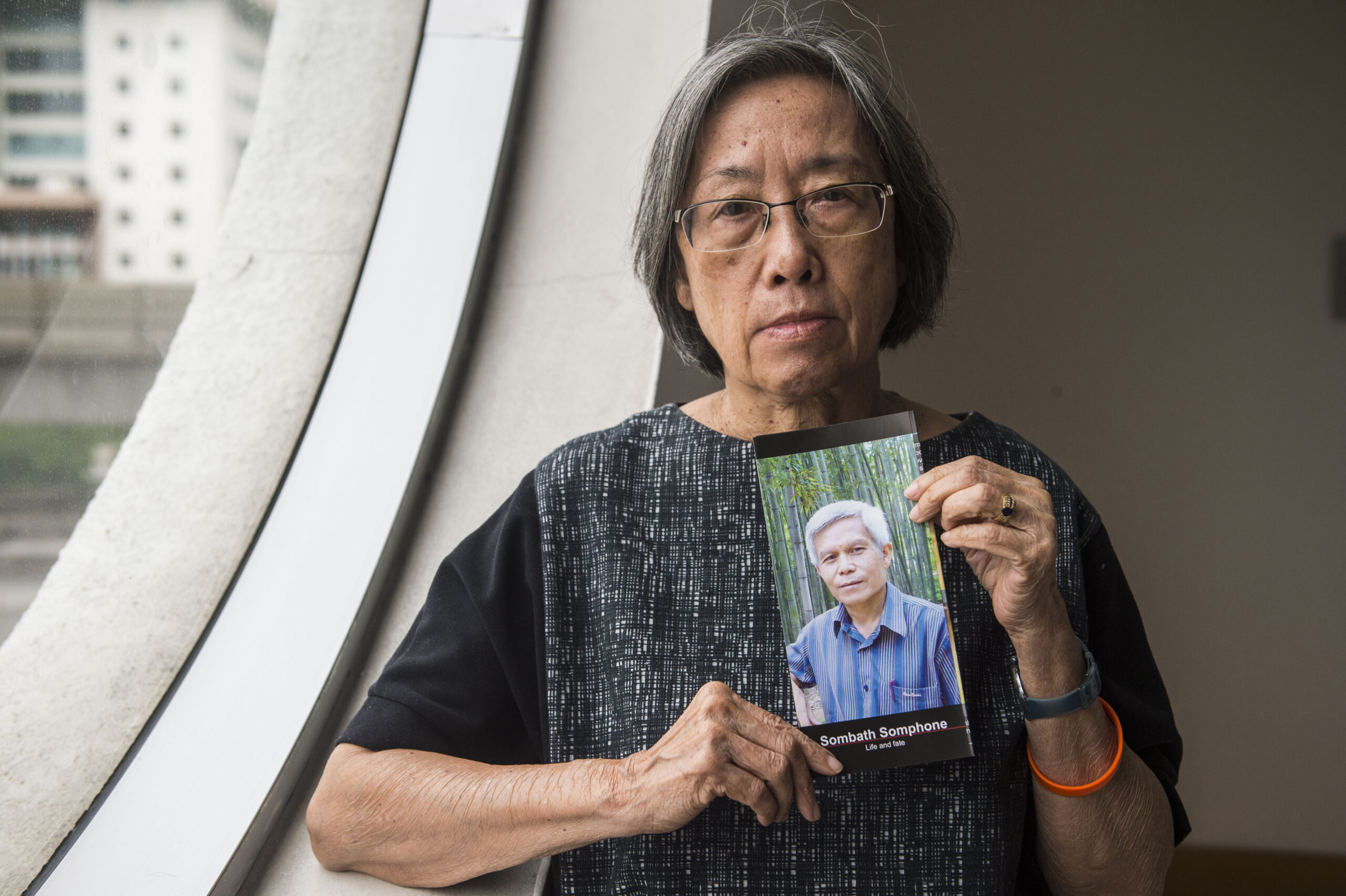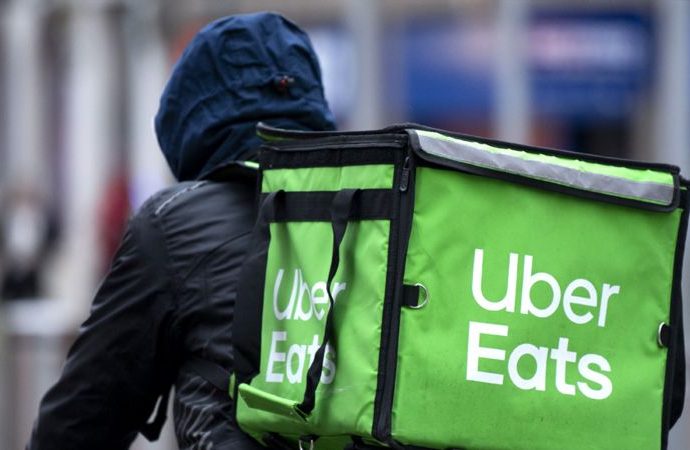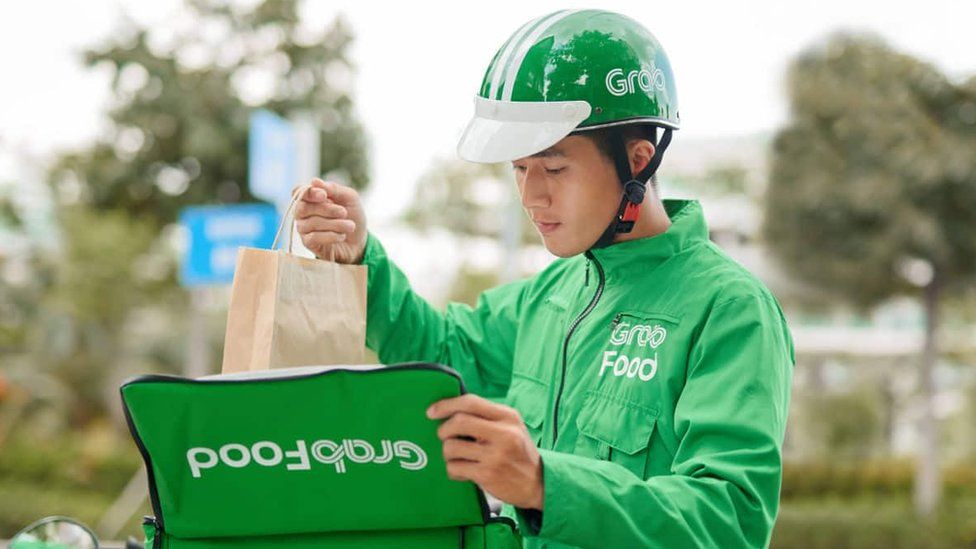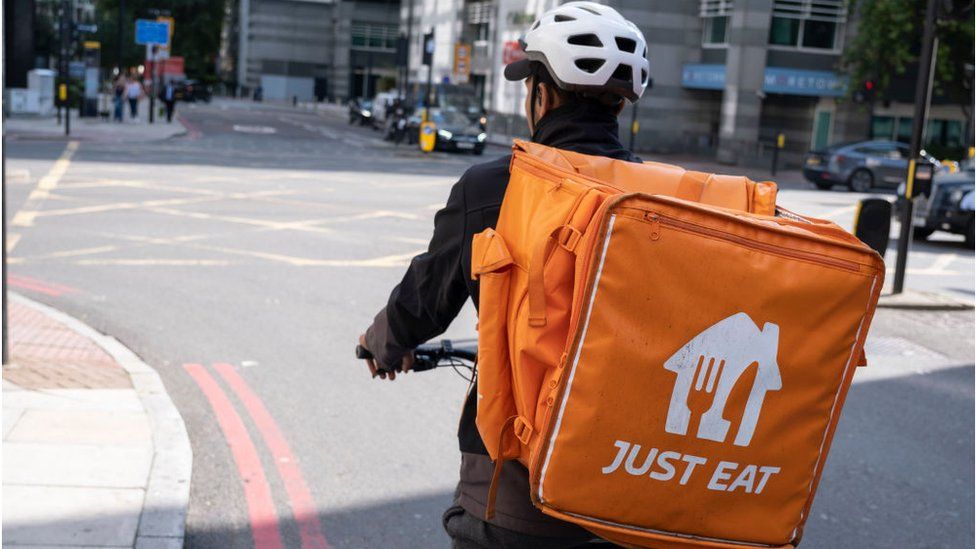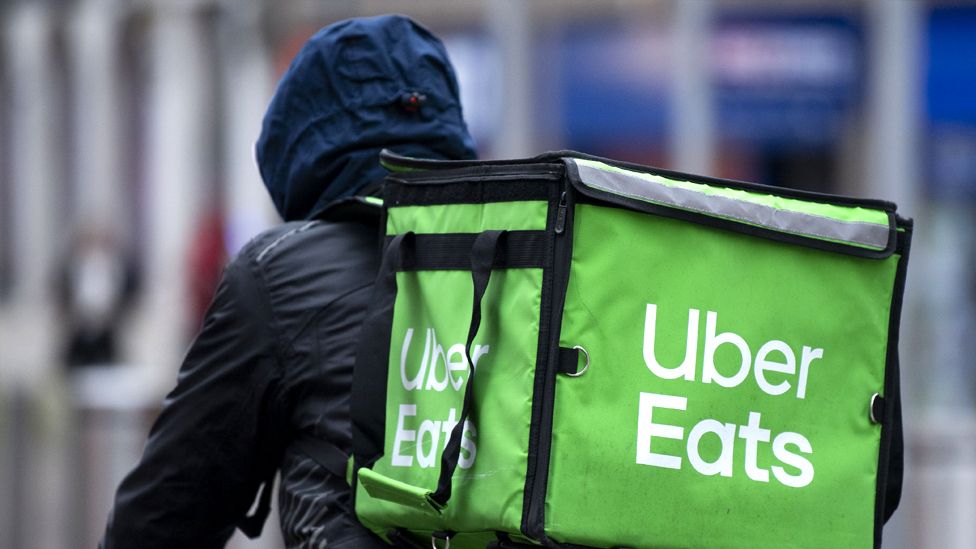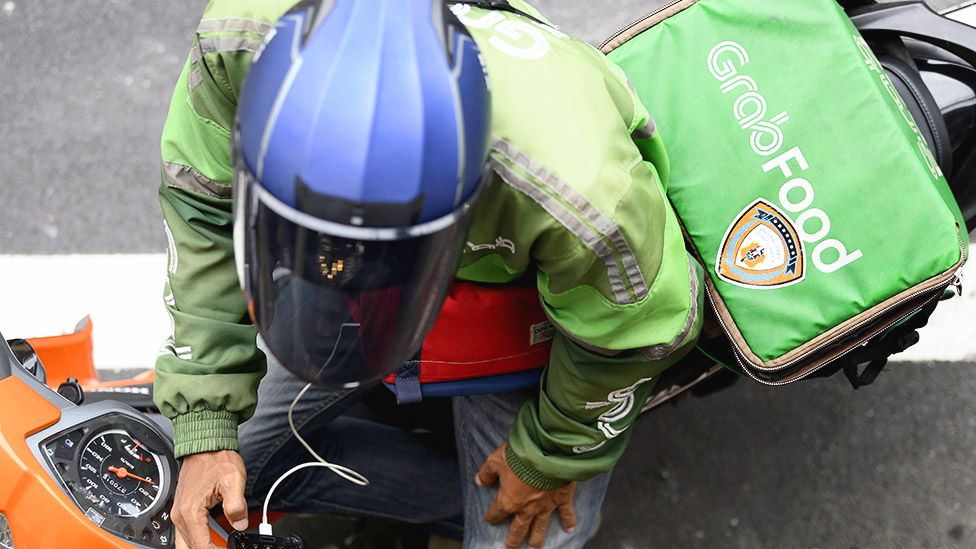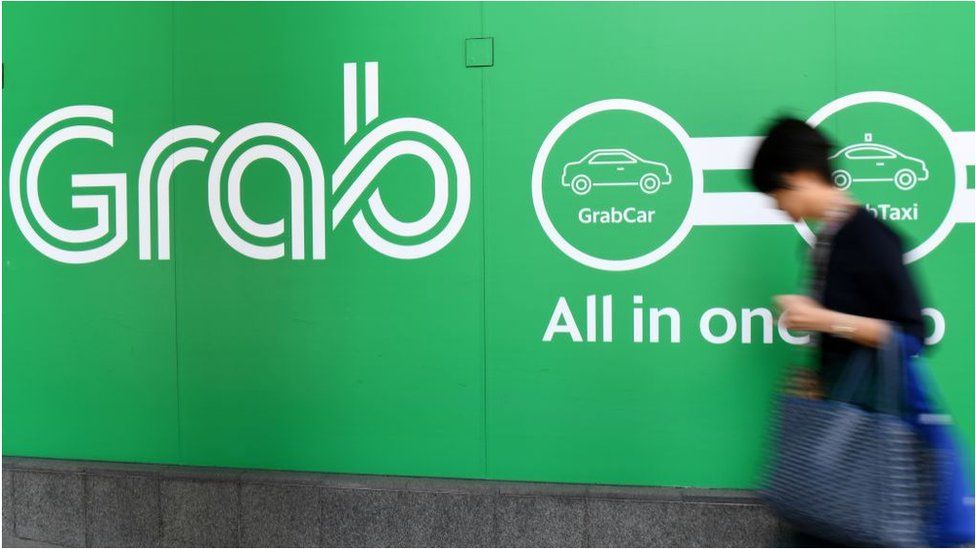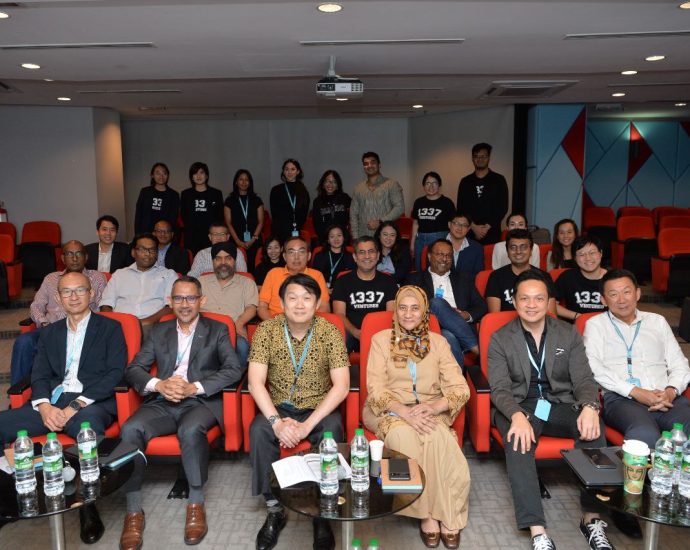ASEAN easing China stance in lockstep with US
The US Secretary of State Antony Blinken’s recent visit to Beijing, the first in five years by an American top diplomat, was welcomed with a sigh of relief across the region, especially in Southeast Asia.
Over the past month, the two superpowers had at least two near-encounters in Asian waters, namely in the South China Sea and the Taiwan Straits, thus raising fears of direct armed clashes amid the virtual breakdown of communication channels in recent months.
Beijing’s decision to scale back institutionalized dialogue with Washington came on the heels of rising tensions over Western sanctions targeting China’s high-tech industries, especially semiconductors, as well as senior officials, including the country’s defense chief, Li Shangfu, over human rights and Russia-related issues.
But another major source of bilateral tensions is the US’ expanded diplomatic and military presence in the region, most notably former US House Speaker Nancy Pelosi’s visit to Taiwan last year as well as the expanded the Enhanced Defense Cooperation Agreement (EDCA) deal with the Philippines this year.
In April, China accused its rival of “endangering regional peace” through expanded military access to Philippine bases, some of which are relatively close to Taiwan’s southern shores.
Blinken’s conciliatory statements in Beijing, including his insistence on upholding the “One China Policy” had its share of critics who claimed that the trip was “misguided” and only “emboldened” Beijing.
By most indications, however, key Southeast Asian nations have not only welcomed any potential thaw in Sino-American relations but are also actively courting Beijing’s goodwill amid fears of a New Cold War.
This is particularly true in the case of the Association of Southeast Asian Nations (ASEAN) two largest states, which now seem determined to secure a geopolitical soft landing after months of rising tensions in the region.
On one hand, Indonesia has signaled its willingness to adjust the location of proposed joint ASEAN naval drills, potentially the first-ever held, to ease China’s concerns while the Philippines has welcomed resumption of maritime talks shortly after hosting a Chinese naval contingent.

Last year, Southeast Asian nations played a crucial role in brokering a temporary détente between the two superpowers, when US President Joe Biden and Chinese paramount leader Xi Jinping held a much-vaunted summit on the sidelines of the G20 Summit in Bali, Indonesia.
The ensuing “Bali Detente”, however, proved short-lived, especially after the White House shot down a Chinese spy balloon flying over US territory earlier this year.
Subsequent efforts to resuscitate defense diplomacy, especially on the sidelines of the annual Shangri-La Dialogue in Singapore this year, also failed to yield concrete results. Thus, Blinken’s surprise visit to Beijing was carefully watched by outside observers, who remained skeptical of any major breakthrough.
For critics, the trip almost reeked of diplomatic desperation, with the US seemingly chasing after China for just routine dialogue.
There were also concerns over unnecessary “concessions”, especially after the US top diplomat reiterated the Biden administration’s opposition to Taiwan’s formal “independence” ahead of the self-ruling island’s presidential elections in early-2024.
“Antony Blinken, effectively, threw Taiwan under the bus,” former US defense intelligence officer Rebekah Koffler told Fox News following the top US diplomat’s insistence that America “does not support Taiwan independence.”
“His statement about the US not supporting Taiwan is an invitation to Beijing to execute its long-held ambition of establishing control over the self-governing island,” the former US official said.
“Xi Jinping will almost certainly be emboldened by Blinken’s announcement to invade Taiwan…now Beijing will feel more confident that Washington will not even put up a major fight and assist Taipei,” he added.
Cognizant of potential criticism, US Assistant Secretary of State for East Asian and Pacific Affairs Daniel Kritenbrink sought to reassure allies by emphasizing how stable Sino-American relations are “critically important” for regional peace and security.
He also emphasized how seeking functional dialogue to “prevent the risk of miscalculation” doesn’t preclude countermeasures against China’s aggressive behavior in the neighborhood.
“We have made clear that we will stand up to and we will counter a range of concerns that we have with Chinese activities including in the South China Sea, and including those directed at some of our key partners and allies such as the Philippines,” Kritenbrink added, emphasizing the Biden administration’s commitment to a “rules-based international order” and to the “security and defense of our allies.”

In fairness, the Blinken visit seems to have raised hopes of de-escalating Sino-American tensions. During his meeting with the US diplomat, China’s leader said, “[We have] made our position clear and the two sides have agreed to follow through the common understandings President Biden and I had reached in Bali.”
For his part, Biden welcomed the resumption of formal dialogue and indicated “over the next several months I’ll be meeting Xi again,” likely on the sidelines of the G20 Summit in India and/or the Asia-Pacific Economic Cooperation Summit in the US, to talk about “legitimate differences we have but also…areas we can get along.”
In effect, both superpowers have vowed to build on the diplomatic momentum generated by their summit in Bali last year. Key ASEAN states are also adjusting their sails to contribute to a broader de-escalation.
Indonesia, the current ASEAN chair, has adjusted its plans for an inaugural ASEAN naval drill later this year. Indonesia’s military chief, Yudo Margono, initially said the exercises were planned in the so-called “North Natuna Sea”, which overlaps with China’s expansive claims across the South China Sea basin.
Following pushback by Beijing-friendly ASEAN members, namely Cambodia, Indonesia, which just hosted major wargames along with the US and China, is now signaling the relocation for the planned drills to the waters of South Natuna, which is far outside areas claimed by Beijing.
For its part, the Philippines, a US treaty ally, is also reaching out to China. Earlier this month, the Southeast Asian nation hosted Chinese naval officers and cadets during a goodwill visit by the People’s Liberation Army (PLA) Navy contingent.
The visiting PLA Navy training vessel, named after a 16th-century Chinese Ming Dynasty navy officer, was reportedly the “largest and most advanced naval training vessel designed and built by China herself”, according to the Chinese embassy in Manila.
“A steady step in CN-PH defense cooperation, the visit is following the tradition of exchanges between the two militaries in addition to implementing the important consensus between the heads-of-state of China and the Philippines,” the Chinese embassy said in a statement.
The Philippine Navy welcomed the visit and underscored its commitment to “the customary and usual accommodation it renders to all visiting navies which fulfill its diplomatic role and promotes naval cooperation.”

Crucially, Philippine President Ferdinand Marcos Jr also announced that the two countries were “making some progress” toward a potential breakthrough in their maritime disputes in the South China Sea.
“We already have coordination with them (China) when there is a fishing ban so there won’t be a sudden fishing ban. At least we can have a plan,” Marcos said, referring to tensions over China’s annual unilateral fishing ban in areas that fall within the Philippines’ Exclusive Economic Zone.
“These things do not come very quickly… but we are slowly making progress because the key to that is the improved communication between the Philippine government and the Chinese government,” the Filipino president added, underscoring his commitment to maintaining amicable relations with Beijing, even as he welcomes expanded defense ties with the US.
Follow Richard Javad Heydarian on Twitter at @Richeydarian

